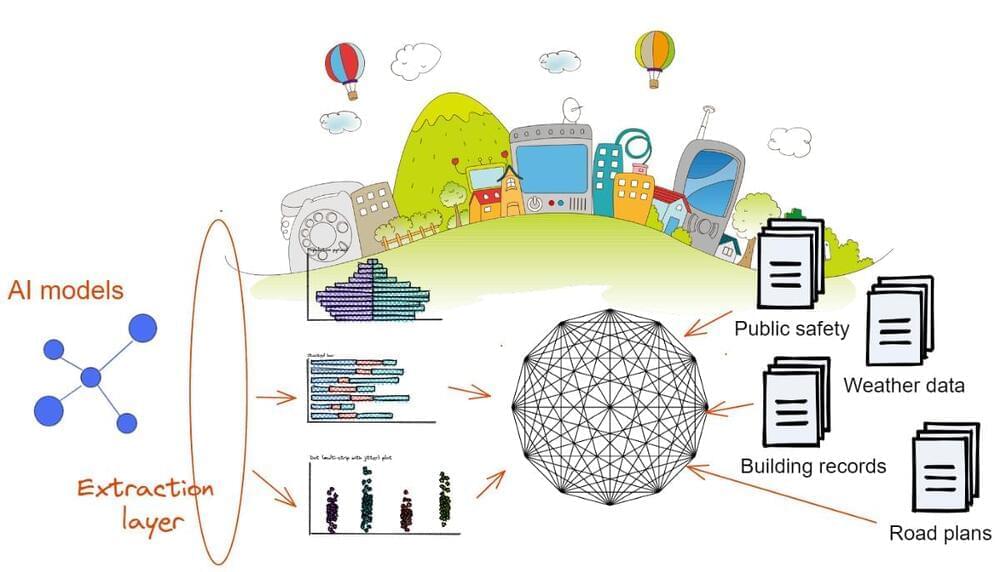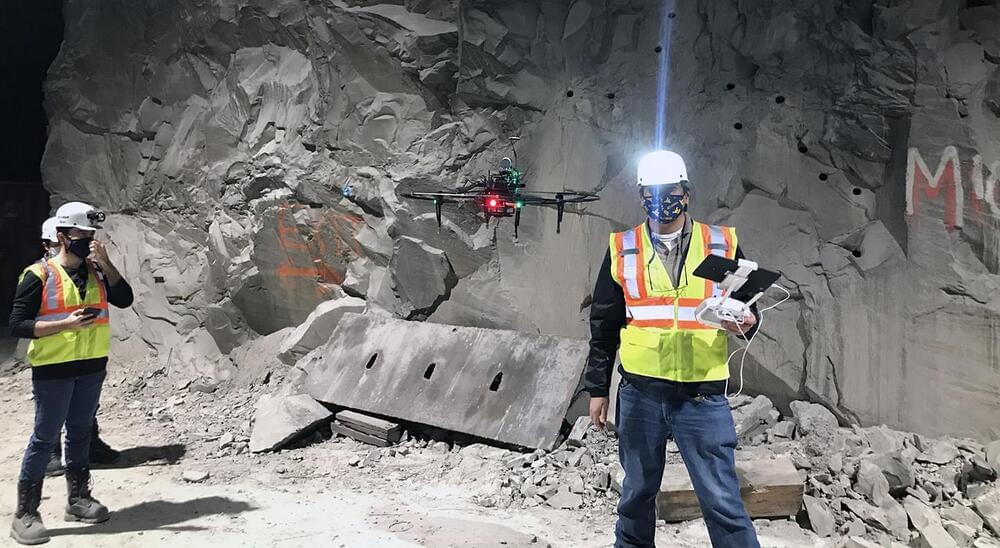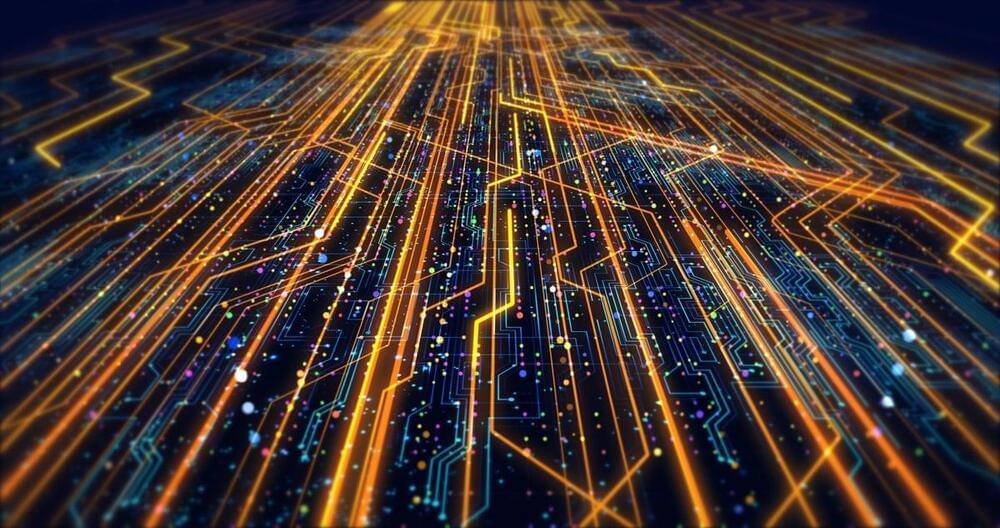🤔
👉For business inquiries: [email protected].
✅ Instagram: https://www.instagram.com/pro_robots.
You are on the PRO Robots channel and in this issue we present you with high-tech news. New personal unmanned flying cars on the ground and in the air, details about Elon Musk’s robot, home robot for engineers, Boston Dynamics news and other bright events from the world of high technology in one issue!
0:00 In this video.
0:21 Volar two-seat flying car.
1:10 Tesla Bot.
1:46 Starlink.
2:18 Tesla.
2:55 Mighty delivery robot.
3:38 InnerSpace unmanned concept car.
4:35 Modular robotic arm with artificial intelligence.
5:30 Japan has developed a method that predicts the flight path of insect pests.
5:50 Boston Dynamics.
6:30 Artist Agnieszka Pilat.
7:14 Everdrone.
7:39 Heavy FB3 cargo drones.
8:12 Swifty semi-autonomous robotic system.
8:55 Unmanned tractor 8R
9:33 Electric robot cab without a steering wheel.
10:04 Smart speakers can be dangerous.
#prorobots #robots #robot #futuretechnologies #robotics.





